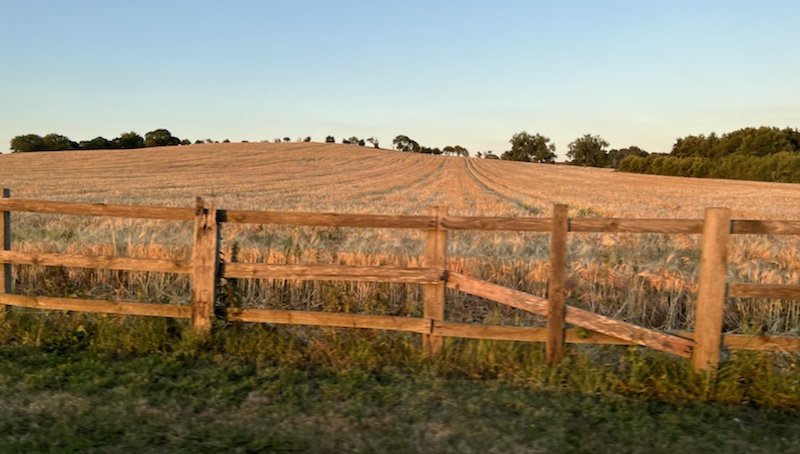Went to visit the Verulamium Museum in St Albans today to check out some Roman mosaics and such. St Albans is situation on top of what used to be the third largest town in Roman Britain. Huge areas of the Romany city are not yet excavated being parklands and agricultural lands, so I imagine it’d be the sort of place you could keep coming back to and find they’ve continued to find new objects.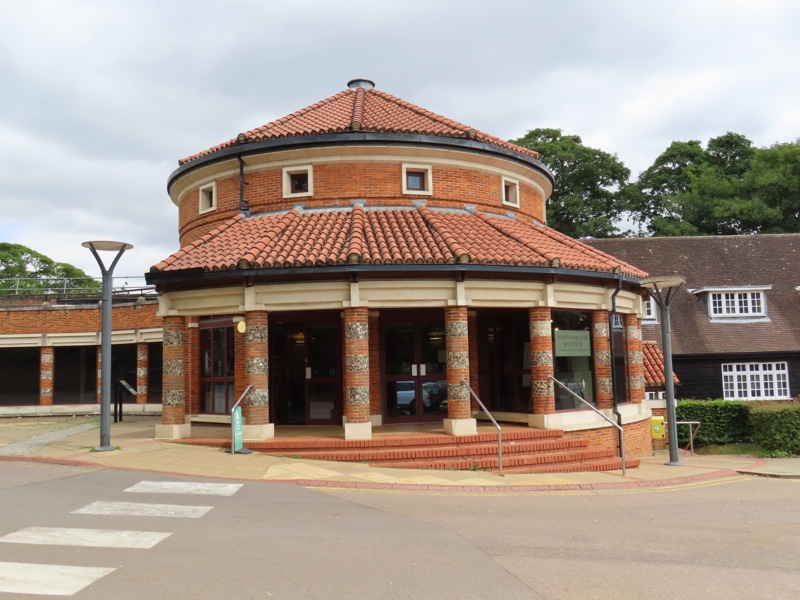 Most of exhibits are pretty much self explanatory given all the artefacts here are from around 50AD when Verulamium was granted municipium status.
Most of exhibits are pretty much self explanatory given all the artefacts here are from around 50AD when Verulamium was granted municipium status.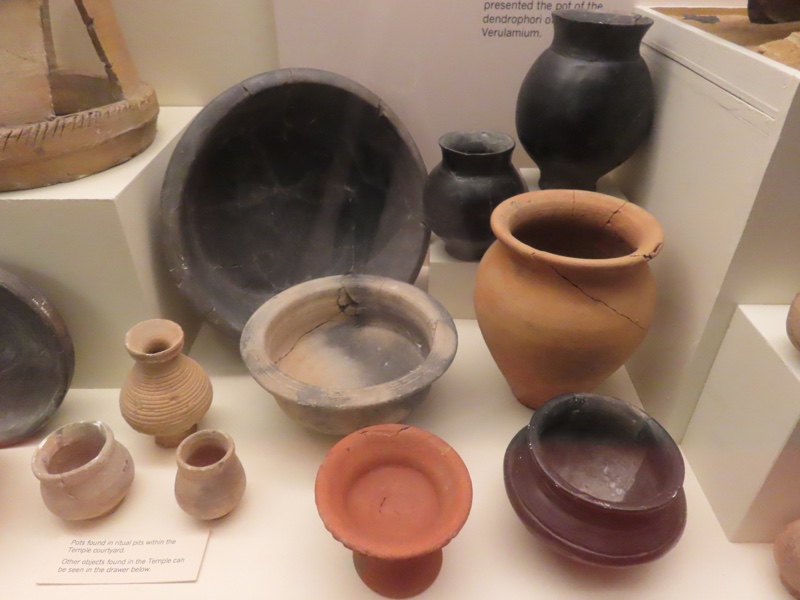
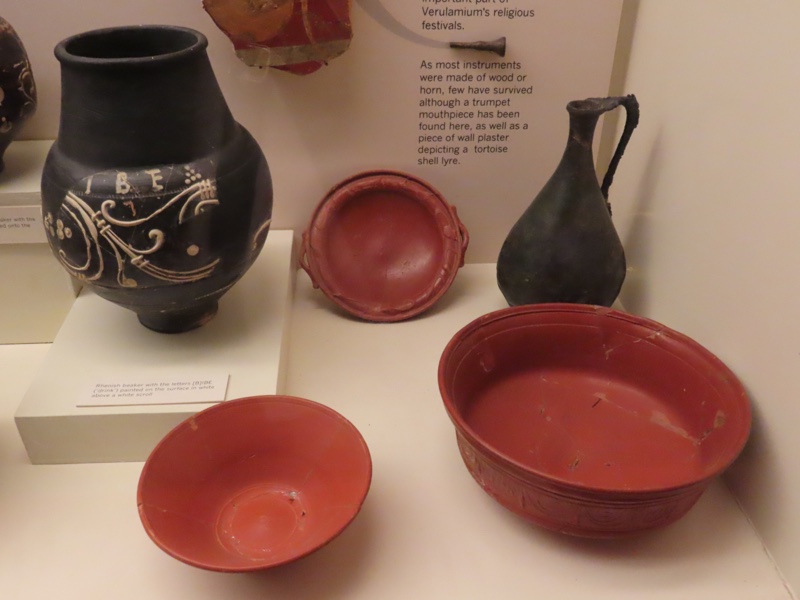
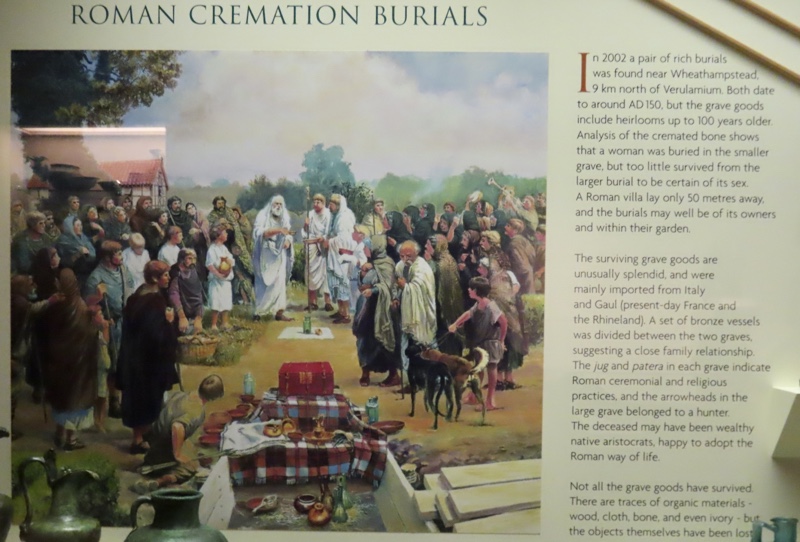 Grave goods found buried with wealthy citizens.
Grave goods found buried with wealthy citizens. 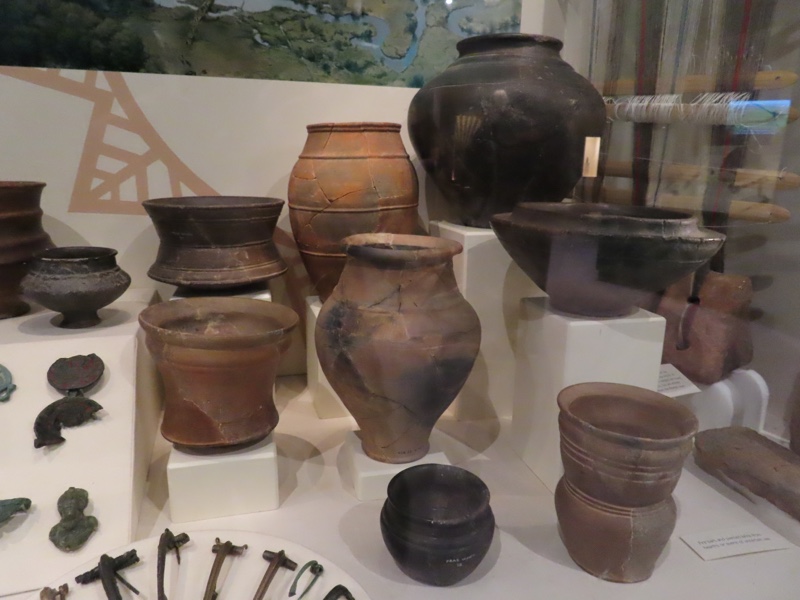
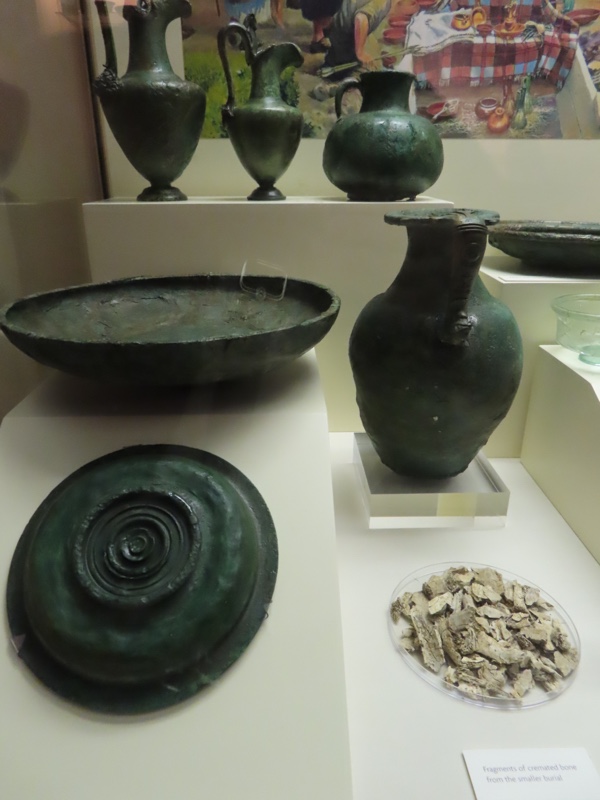
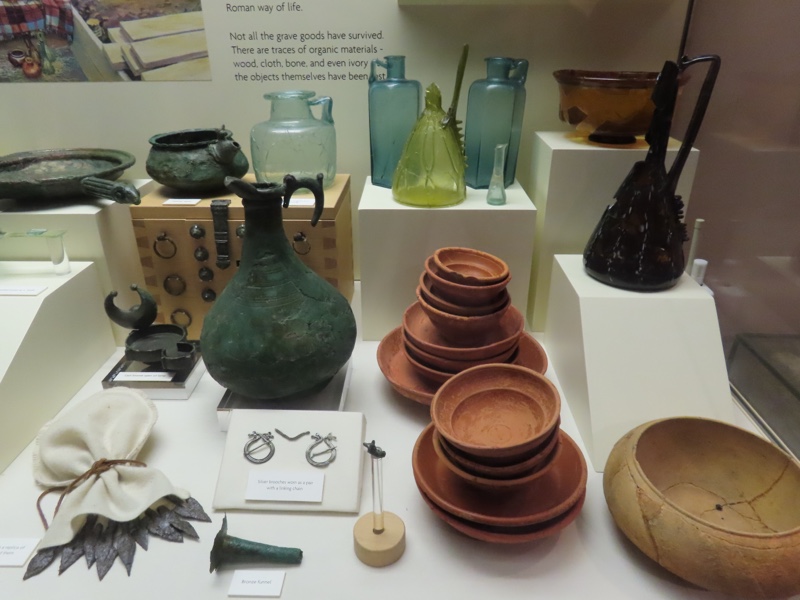
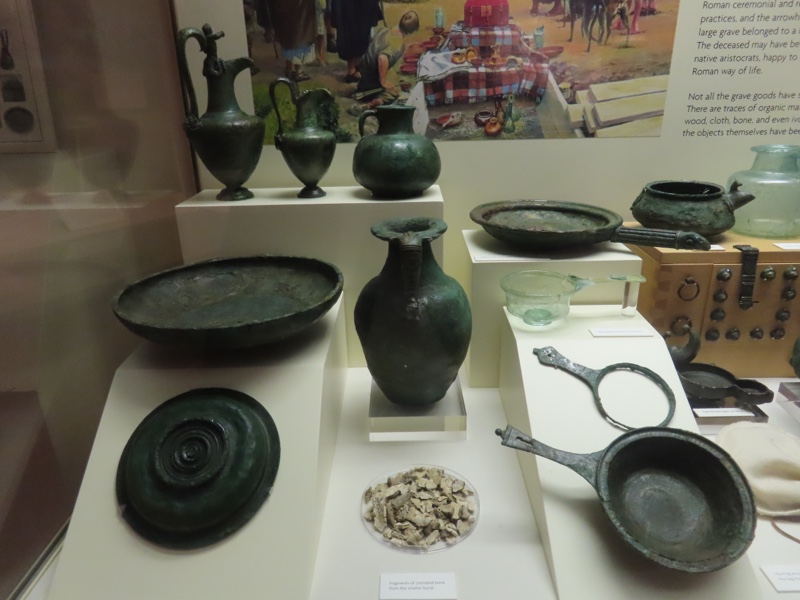 Interesting loom weights.
Interesting loom weights. 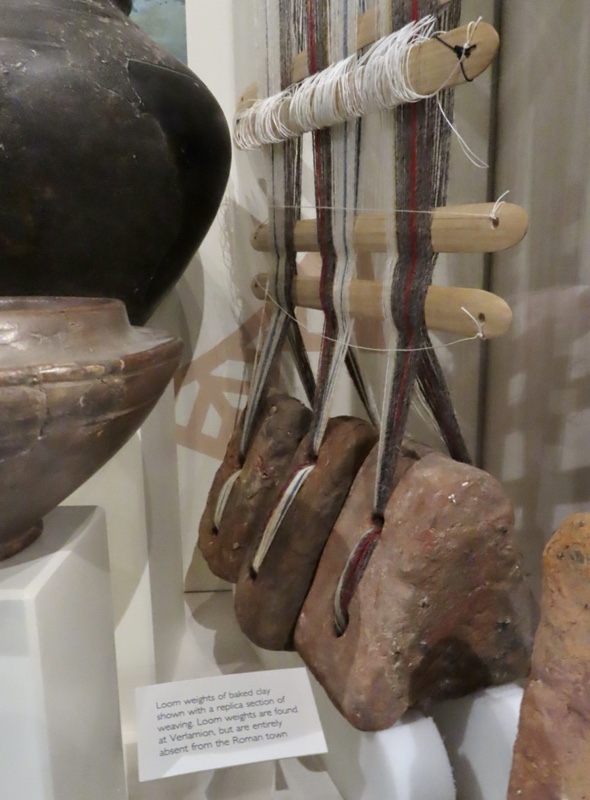 Little model replica of a kiln:
Little model replica of a kiln: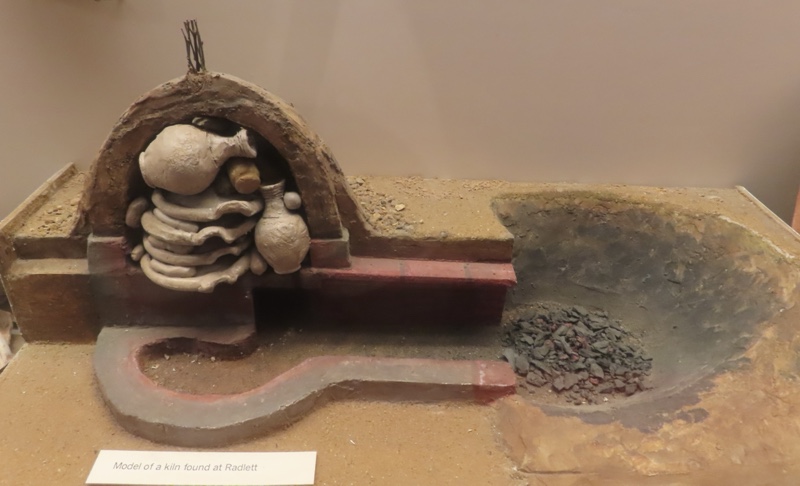
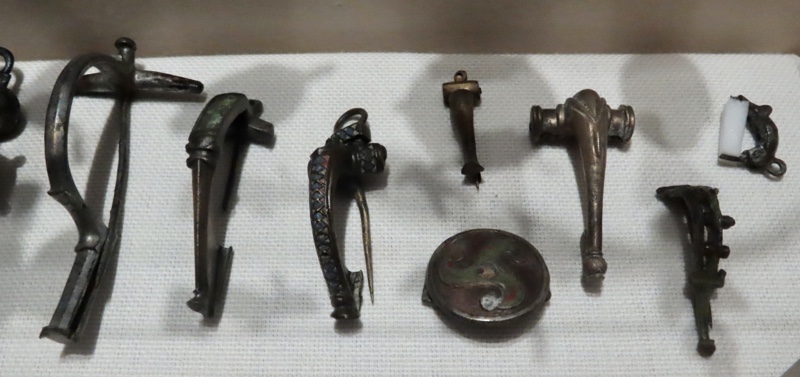
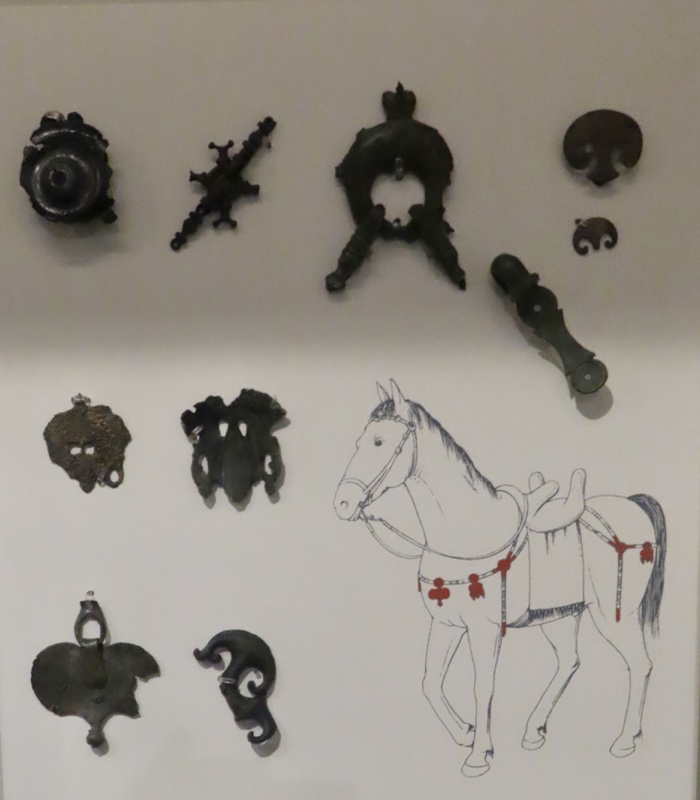
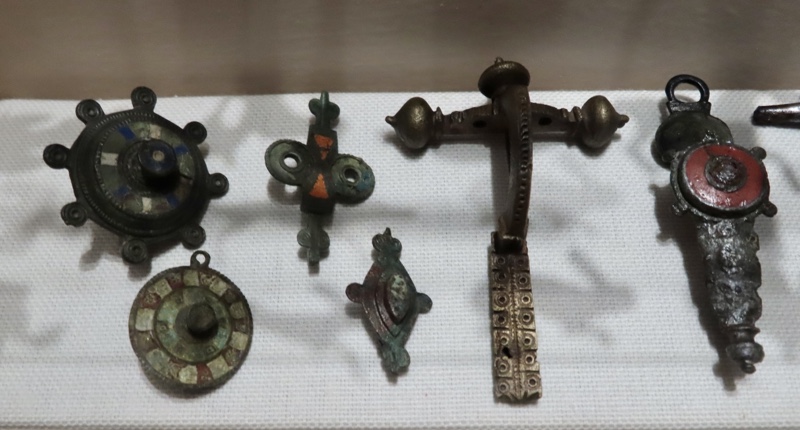
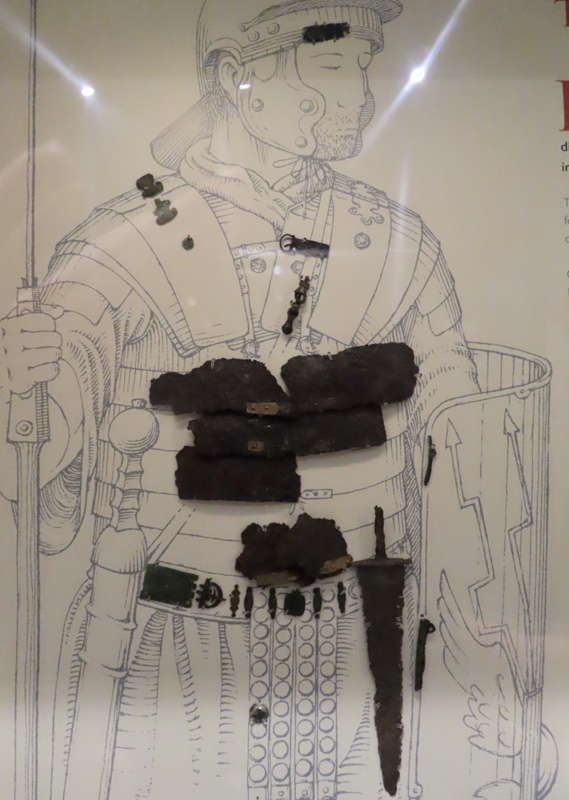
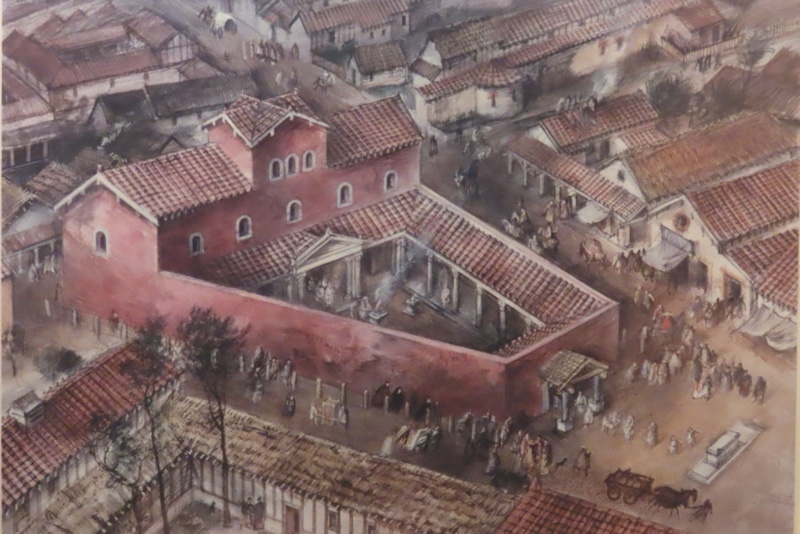
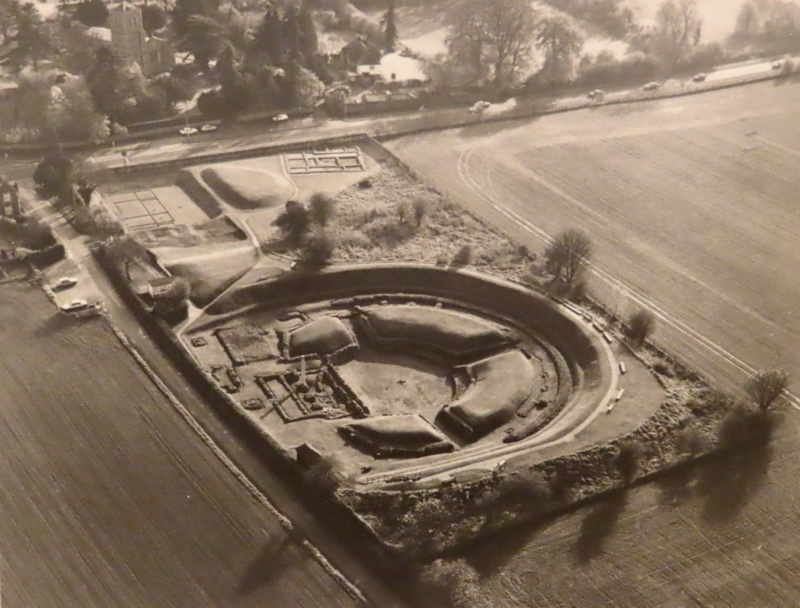
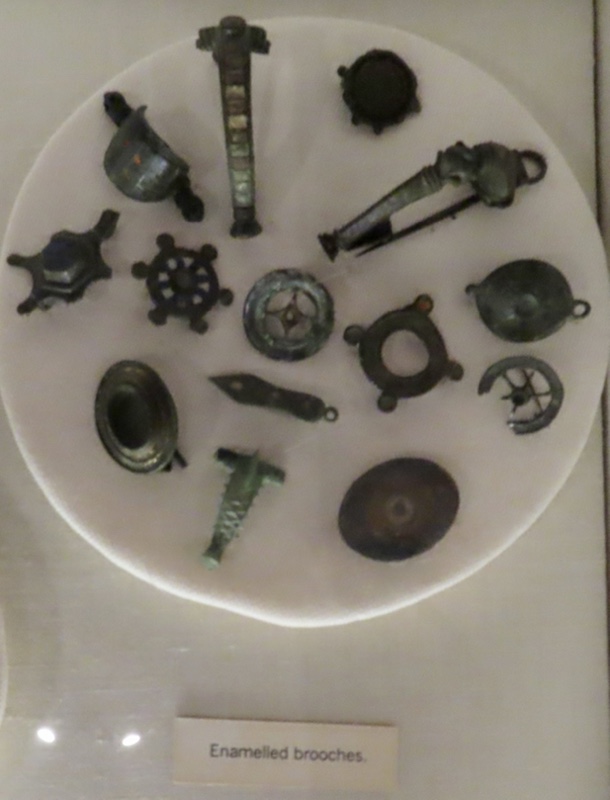
Funerary urns and grave goods.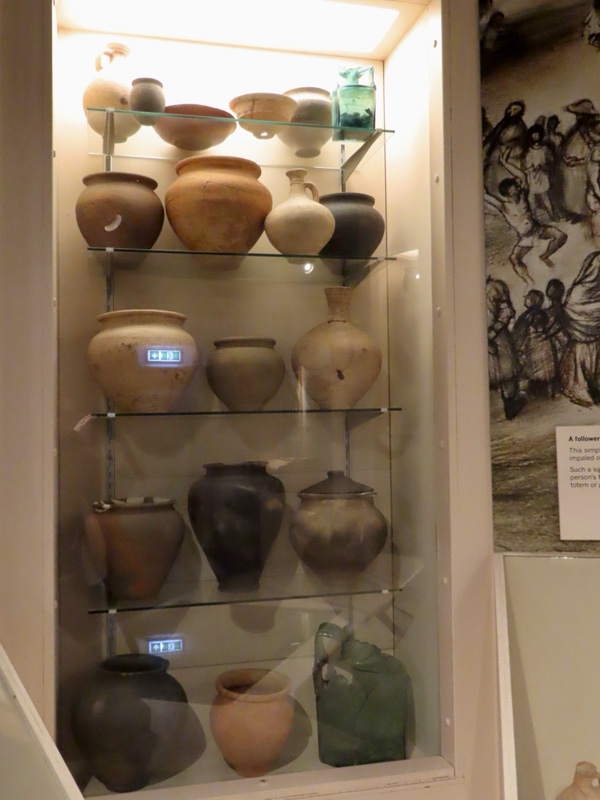
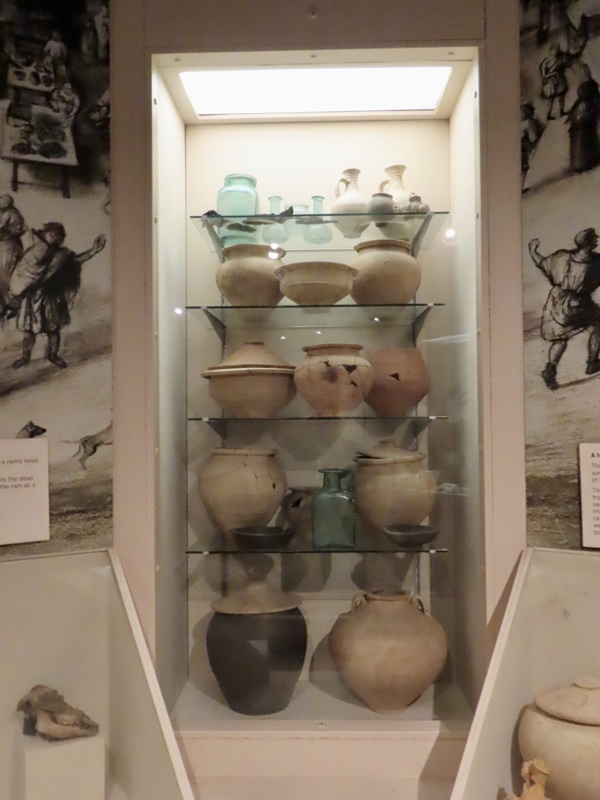 Infant grave – apparently if a baby didn’t make it to 40 weeks, it would not receive a burial.
Infant grave – apparently if a baby didn’t make it to 40 weeks, it would not receive a burial.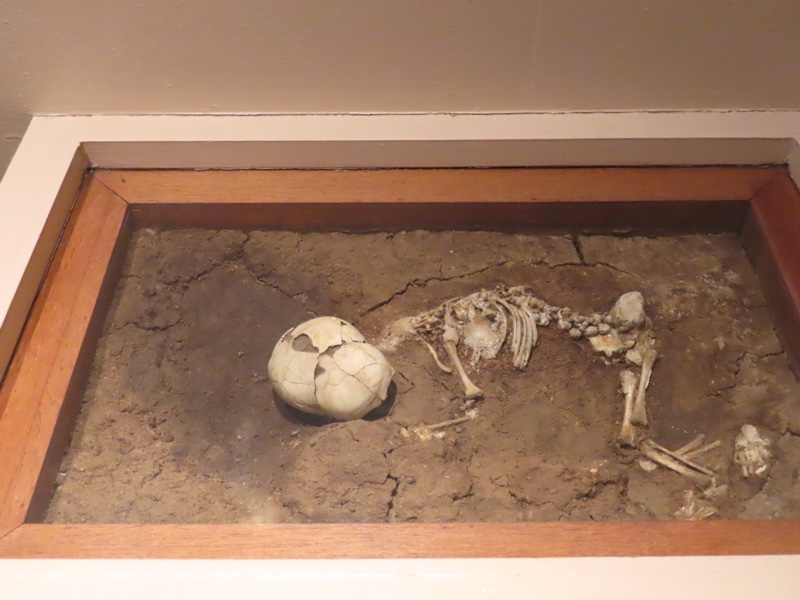
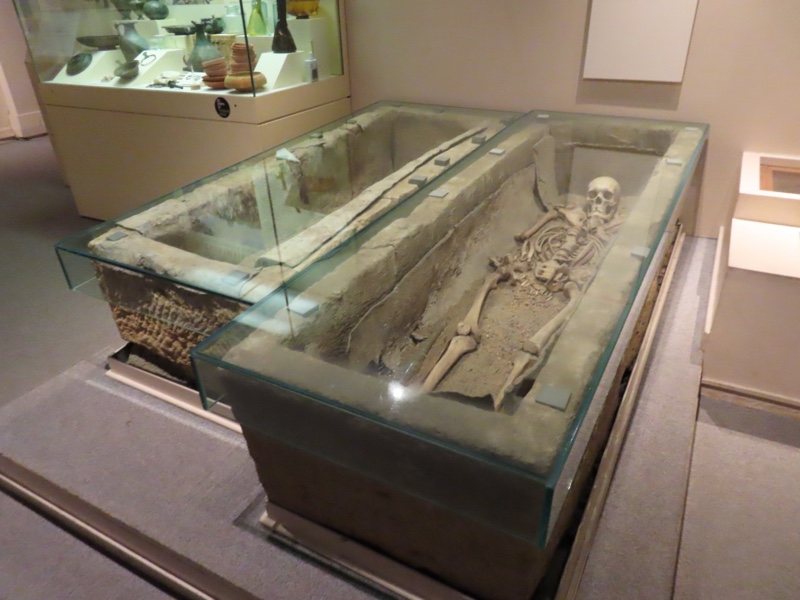
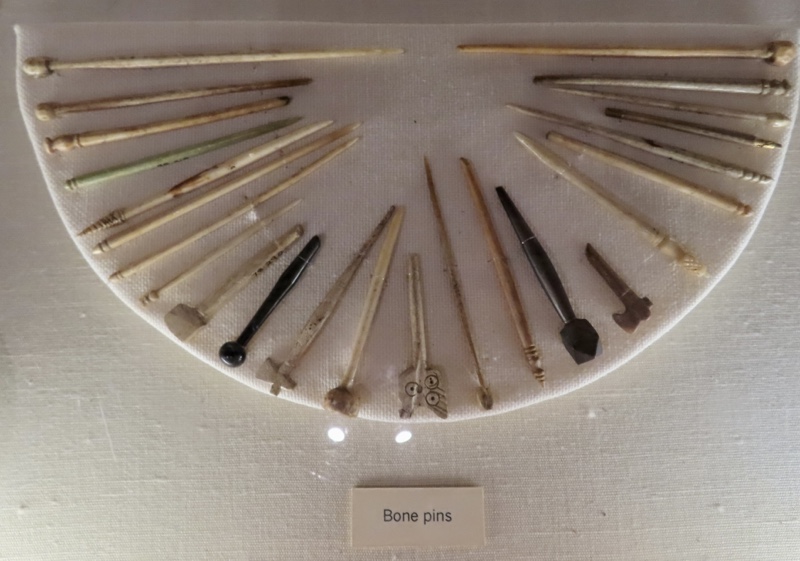 Some extant fresco panels which have been reconstructed to show what they would have looked like.
Some extant fresco panels which have been reconstructed to show what they would have looked like.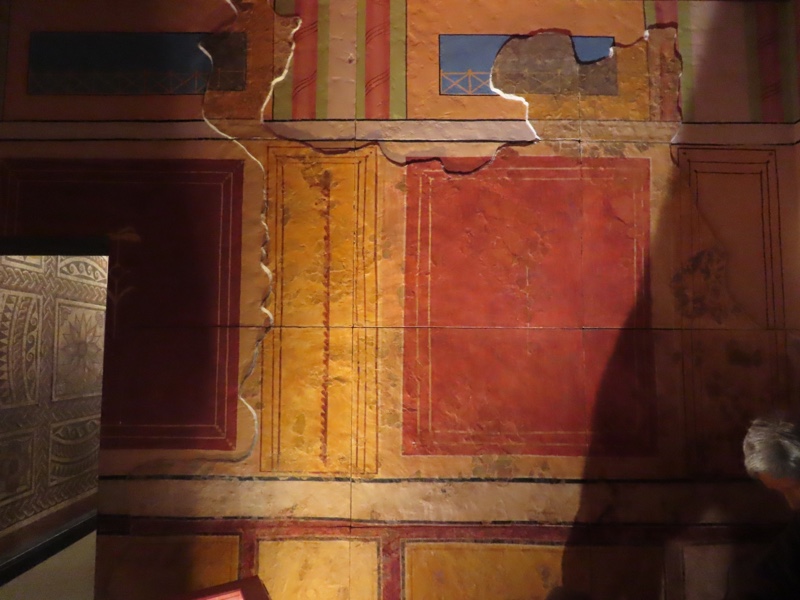
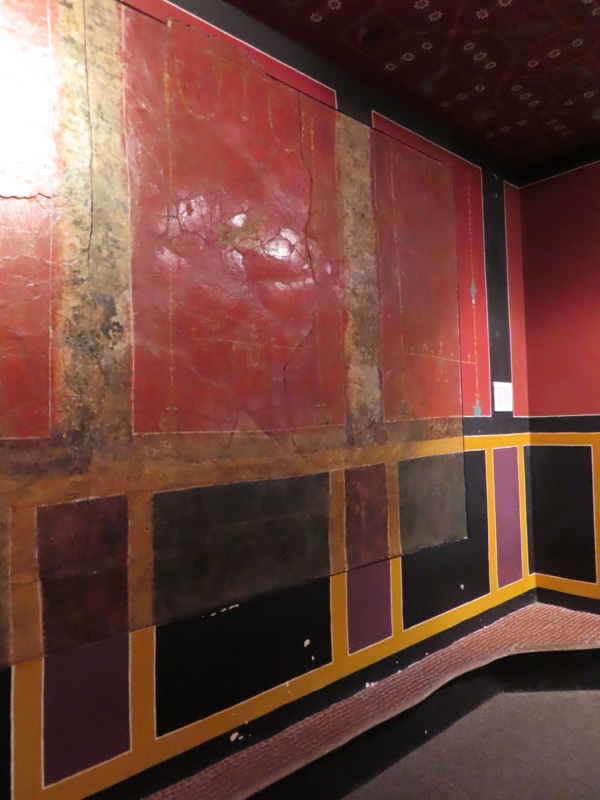
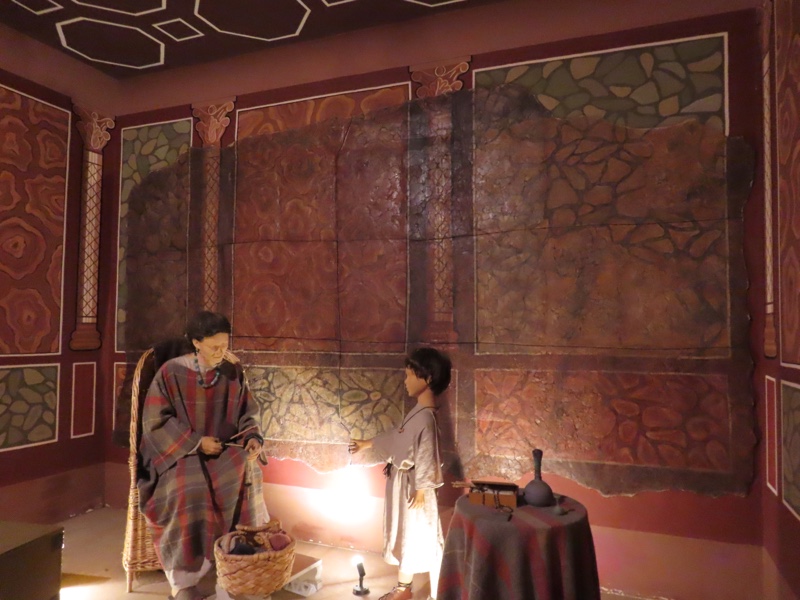 Samian pottery originated in parts of Gaul (modern France and Rhineland) and was made in vast quantities. It was the most common fine tableware in was made in Roman Britain imported from 50AD to around 225AD. The high glossy finish stems from minerals in the local clays where it was made. It took very particularly skilled potters to fire it to this lovely red colour. Most of it was thrown, but the heavily decorated bowls are done by mould. Ivy leaves were applied to some bowls using a bag and nozzle, (like icing cakes).
Samian pottery originated in parts of Gaul (modern France and Rhineland) and was made in vast quantities. It was the most common fine tableware in was made in Roman Britain imported from 50AD to around 225AD. The high glossy finish stems from minerals in the local clays where it was made. It took very particularly skilled potters to fire it to this lovely red colour. Most of it was thrown, but the heavily decorated bowls are done by mould. Ivy leaves were applied to some bowls using a bag and nozzle, (like icing cakes).
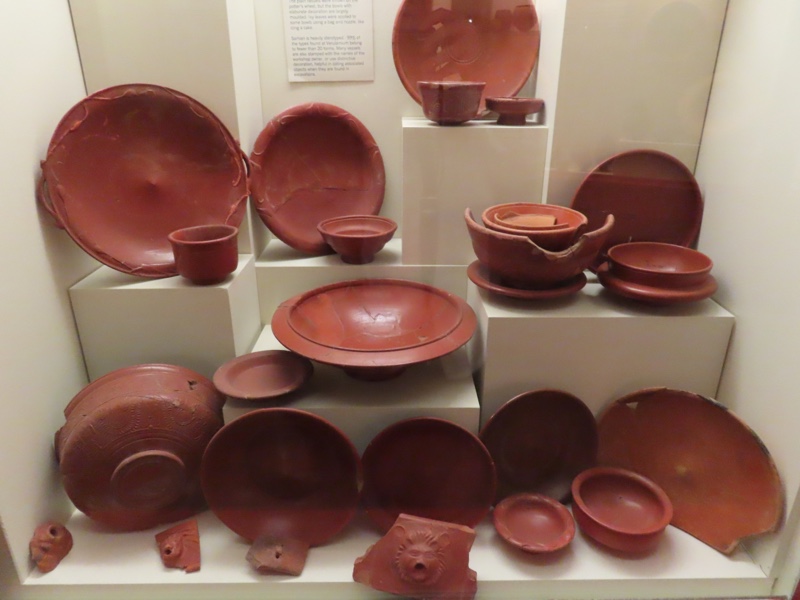
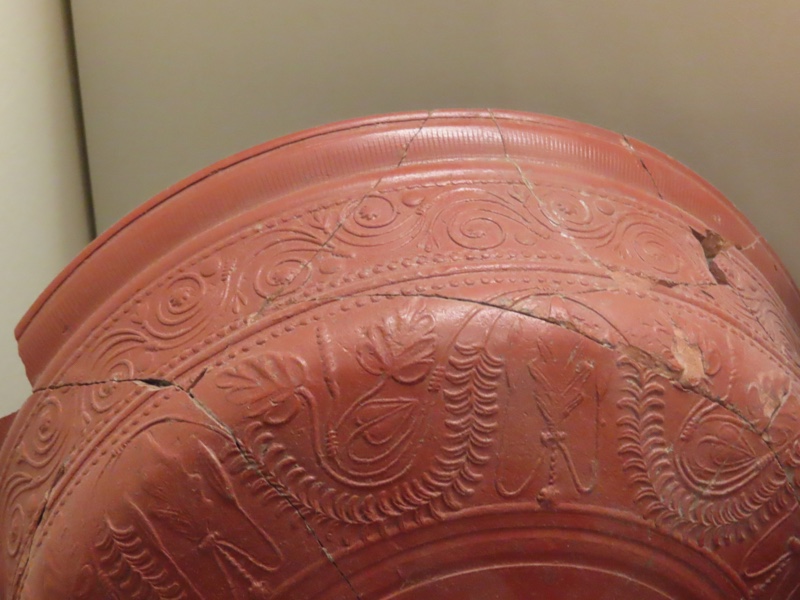 Pottery oil lamps – these are much smaller than ones I have seen in Italy – about the size of a bar of soap.
Pottery oil lamps – these are much smaller than ones I have seen in Italy – about the size of a bar of soap.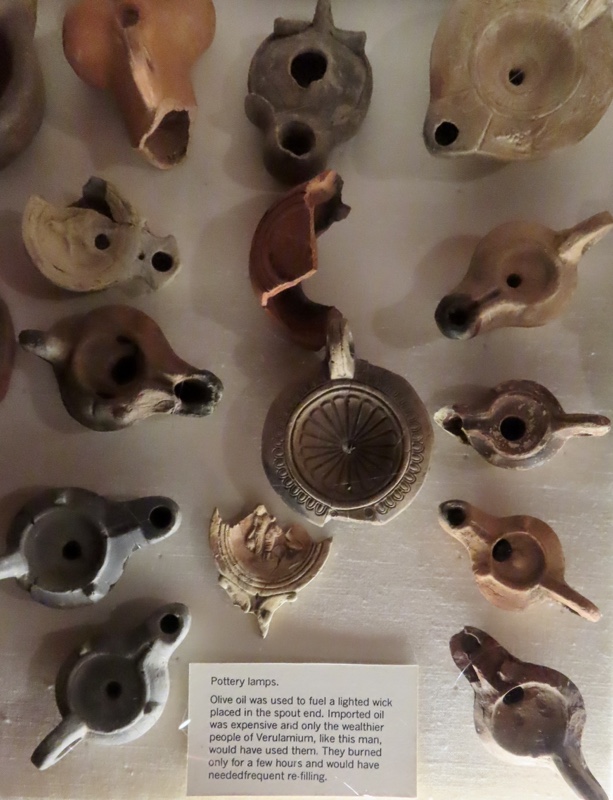 Coppersmiths’ work:
Coppersmiths’ work: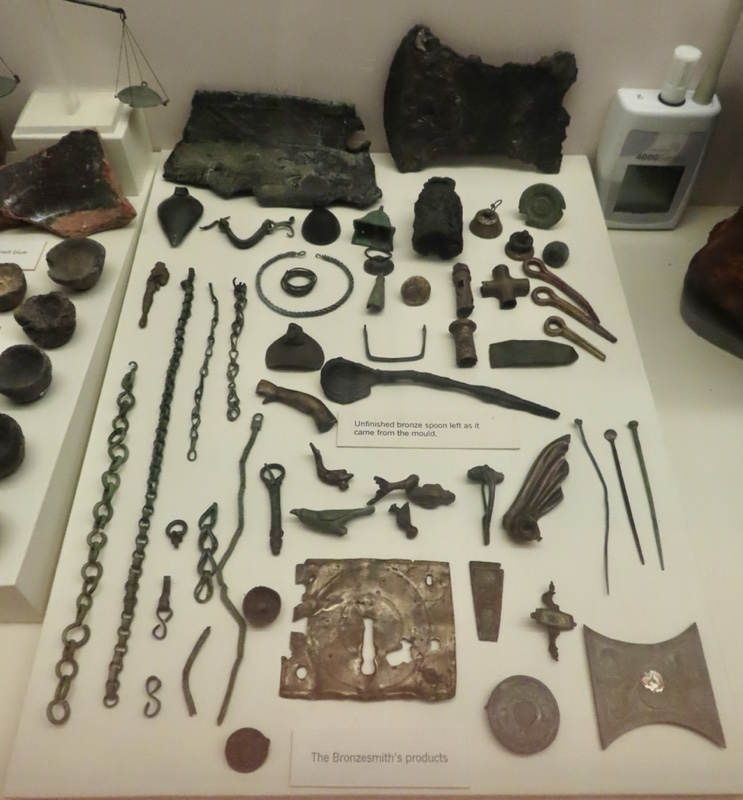 Blacksmiths’ work:
Blacksmiths’ work: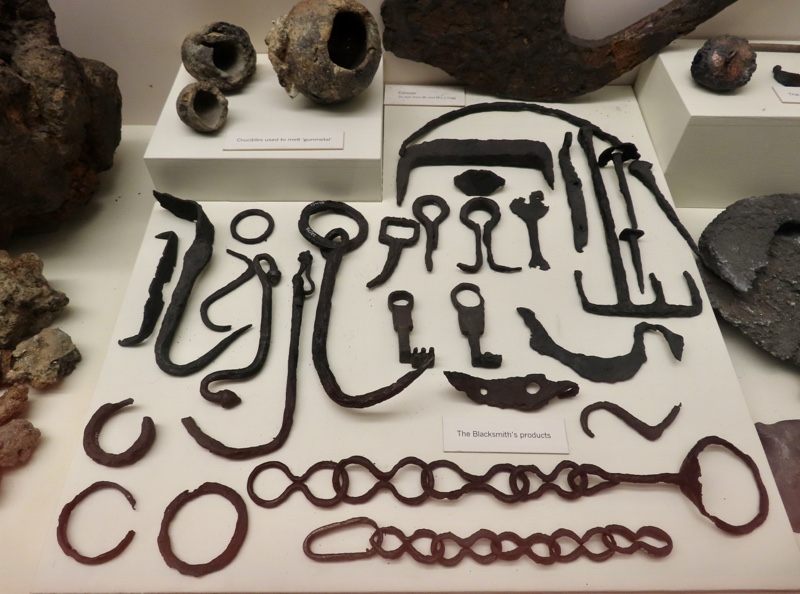
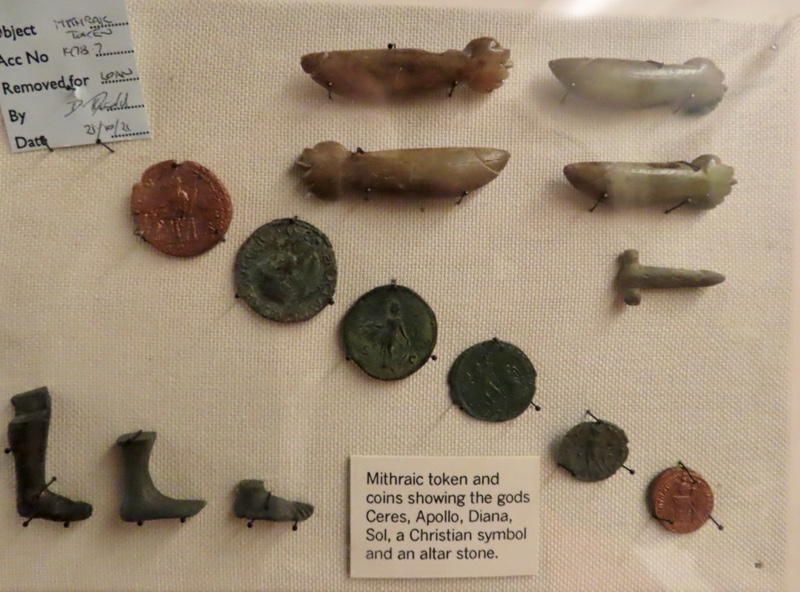 This place is well worth a stop for the mosaics alone. They’re truly stunning – I can’t imagine what else lays around the countryside buried in fields.
This place is well worth a stop for the mosaics alone. They’re truly stunning – I can’t imagine what else lays around the countryside buried in fields. 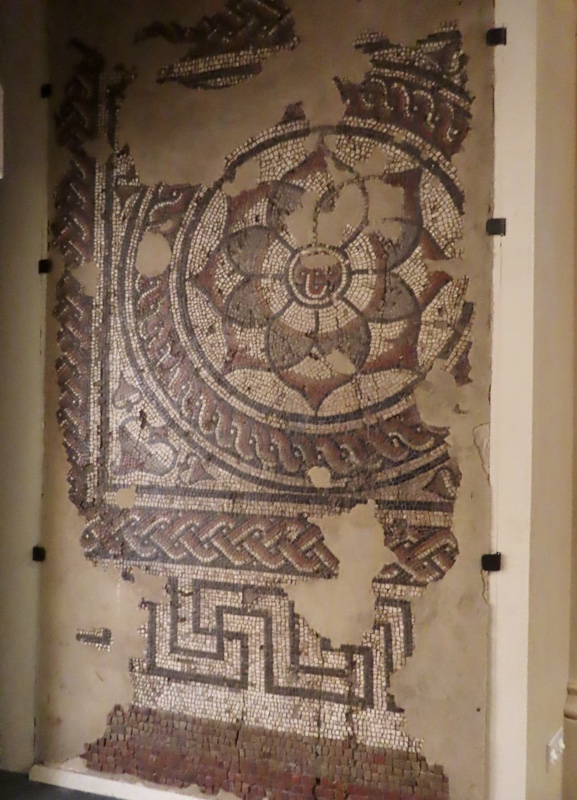
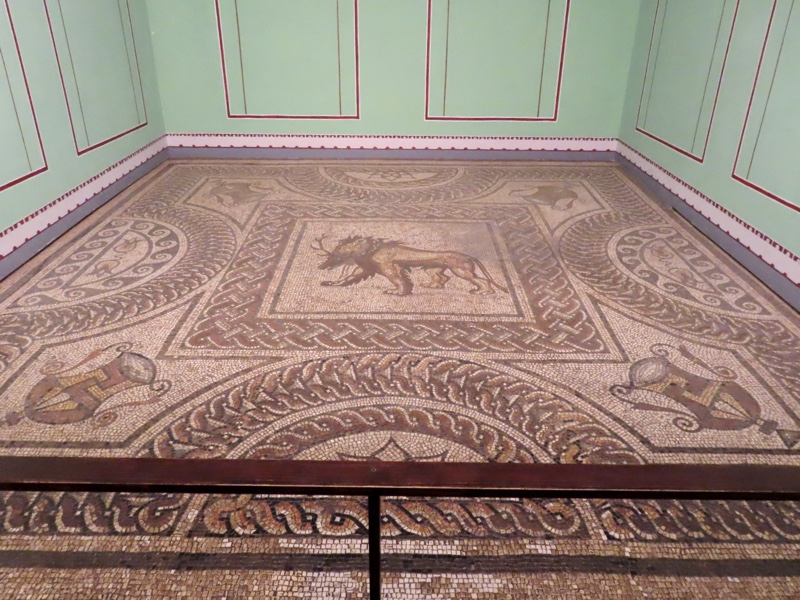
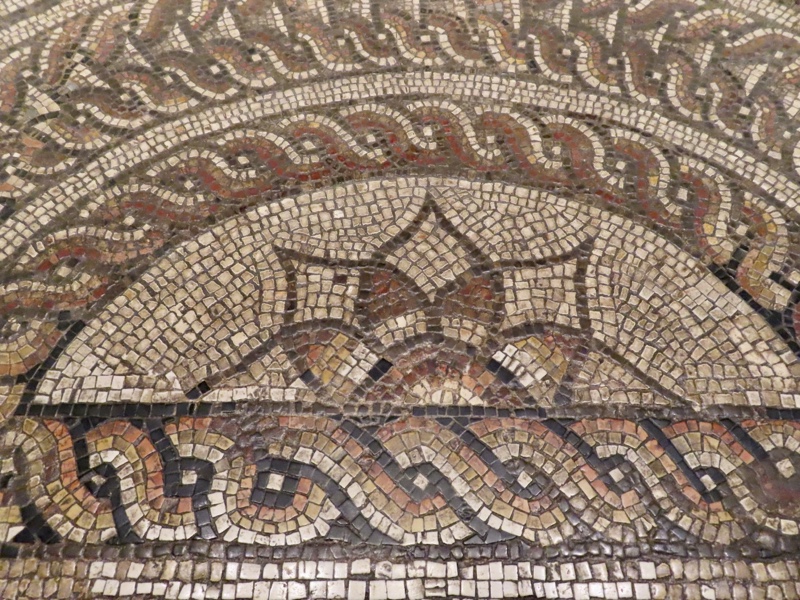
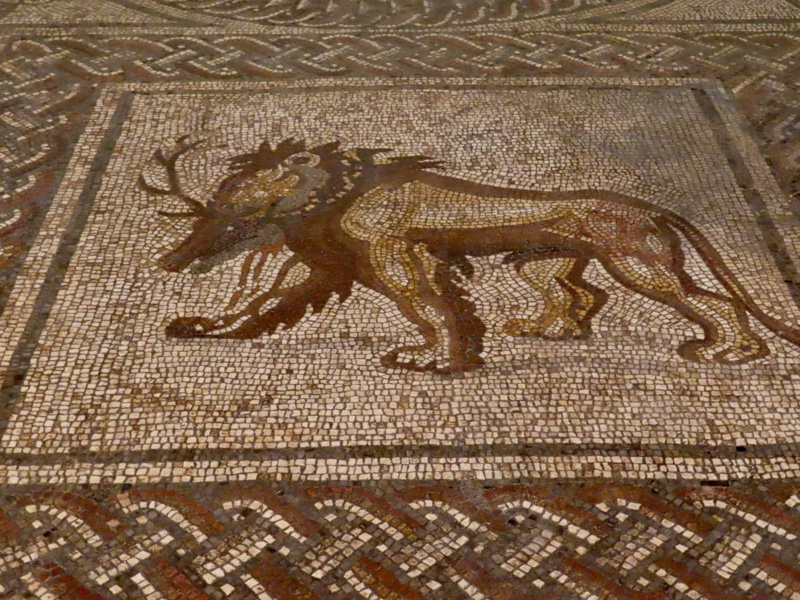
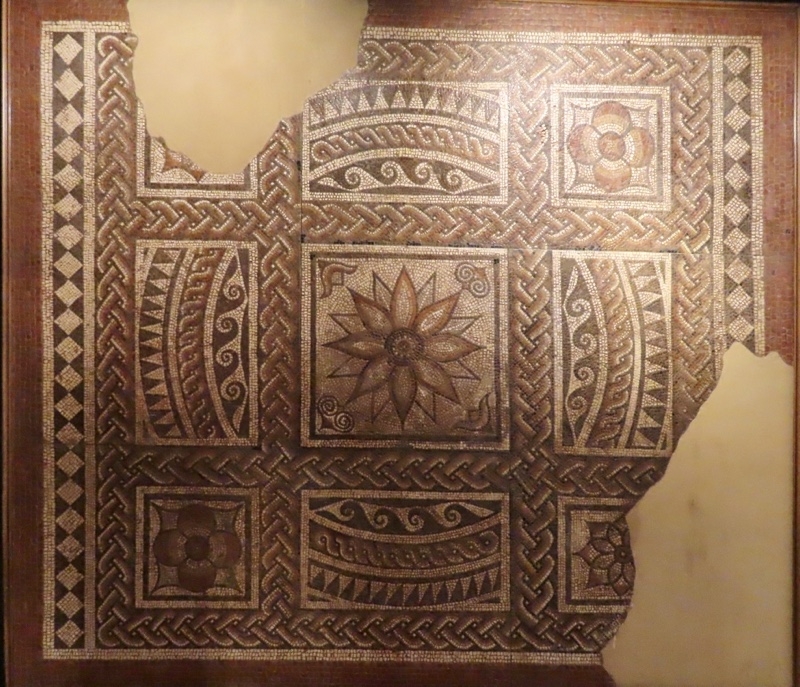
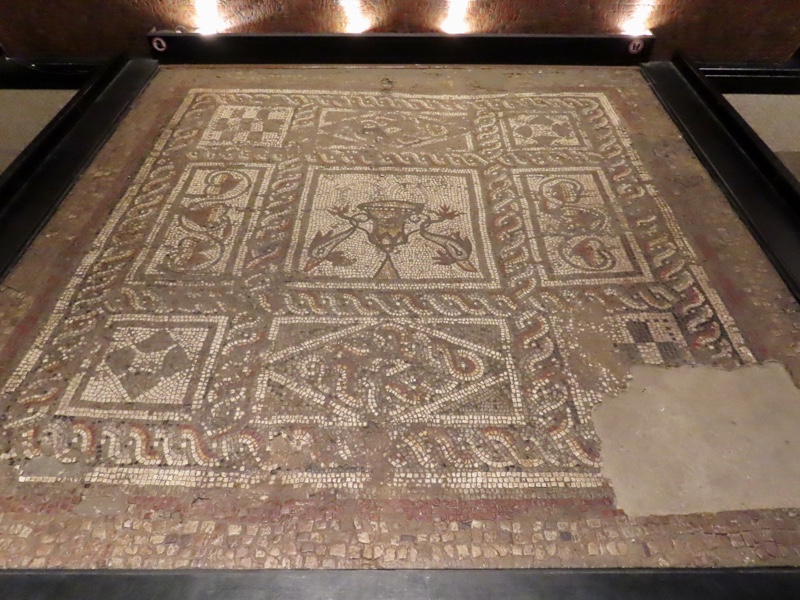
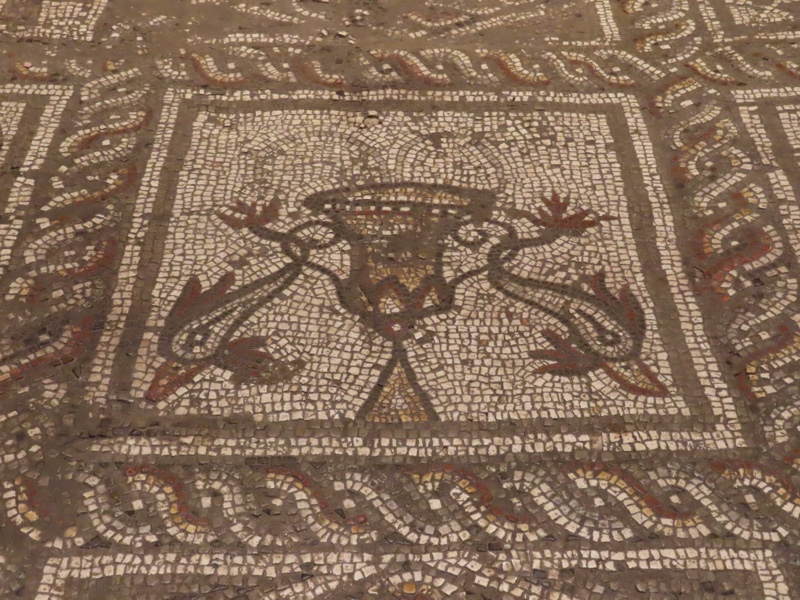
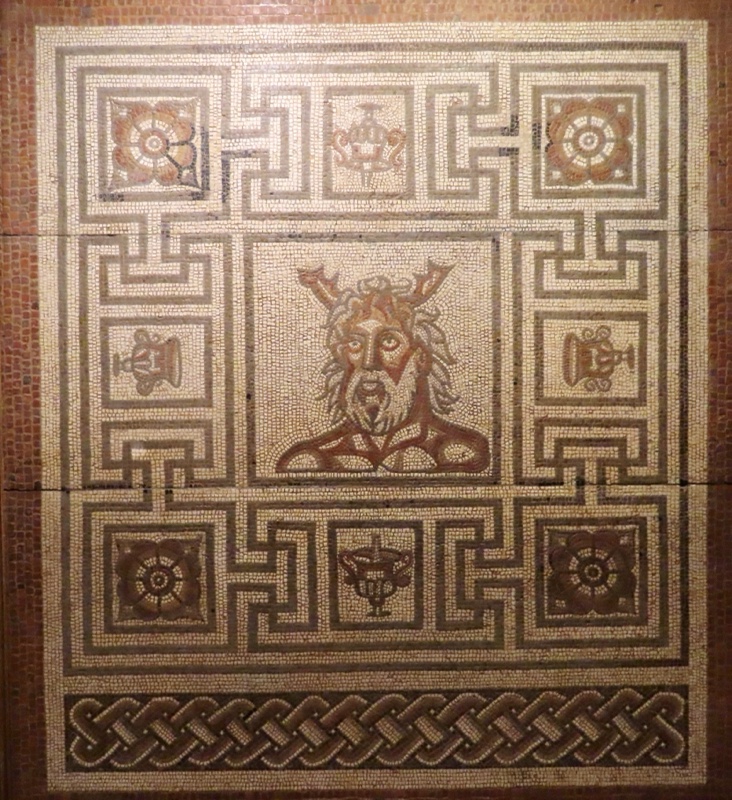
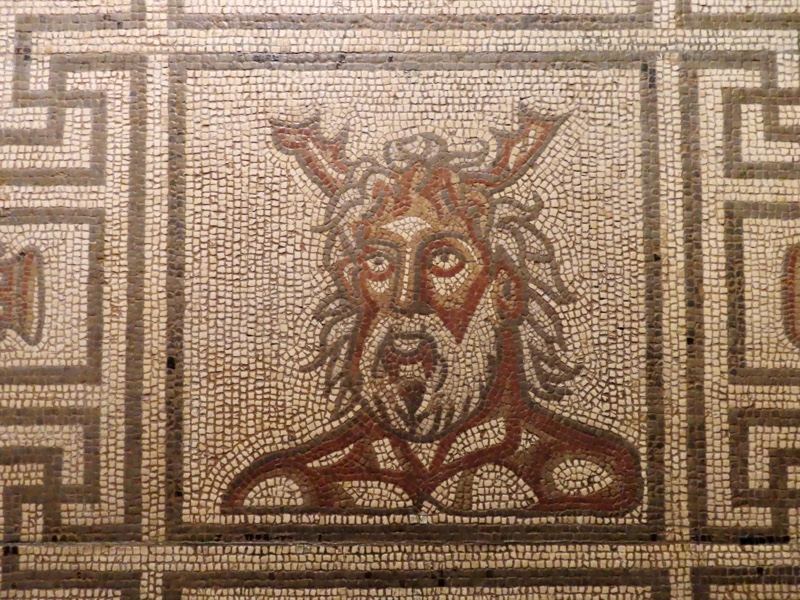
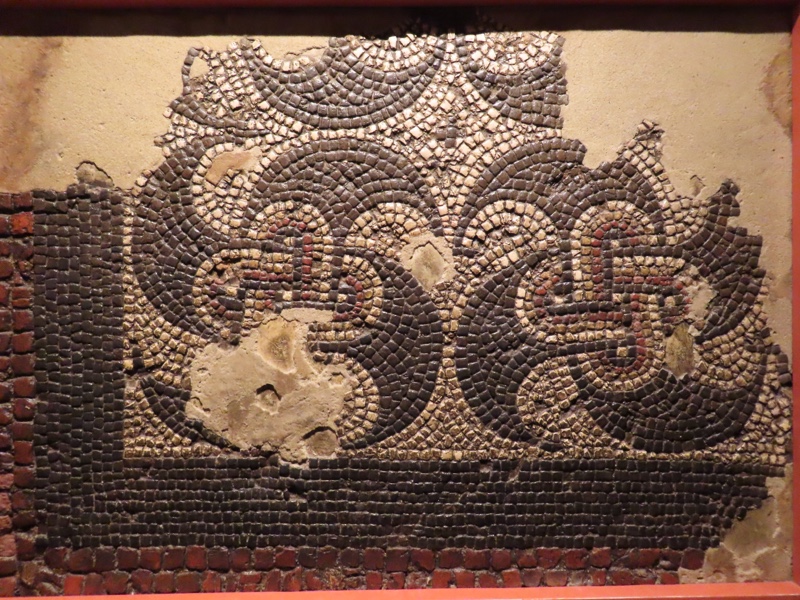
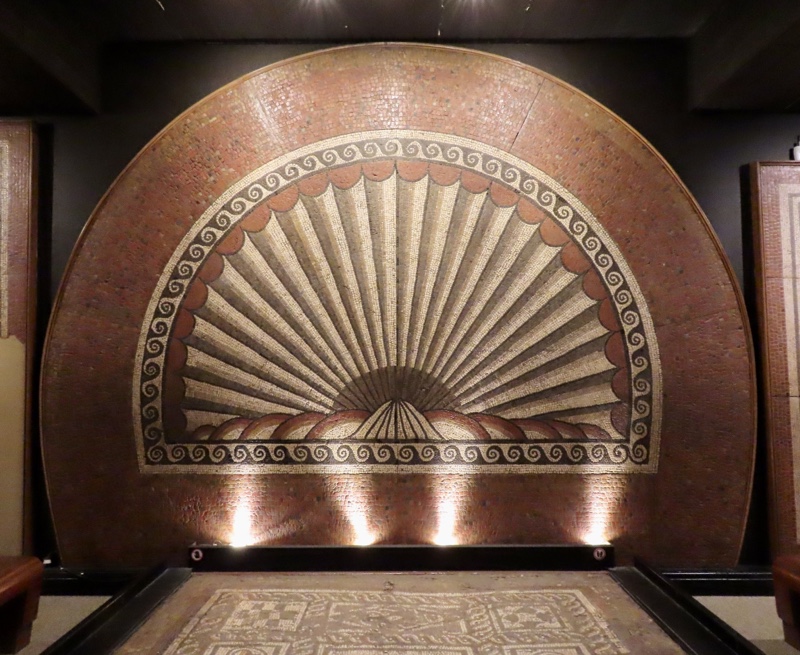
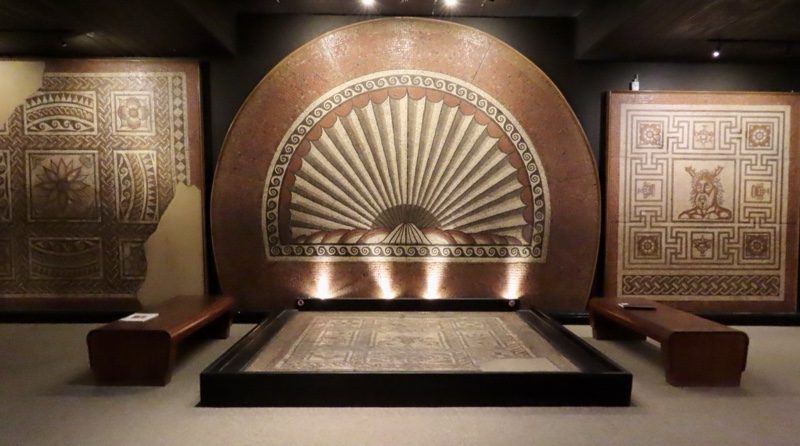
After the museum I went a few miles up the road to visit St Alban’s Cathedral, which is a ‘must see’ in this area. Most of the cathedral dates from Norman times. It was dissolved as an Abbey in the 16th C and became a cathedral in 1877, and while it is technically a cathedral, it is also a Parish church unlike most other cathedrals in England. It has a dean who is the rector with the same responsibilities and authority as any other parish church.
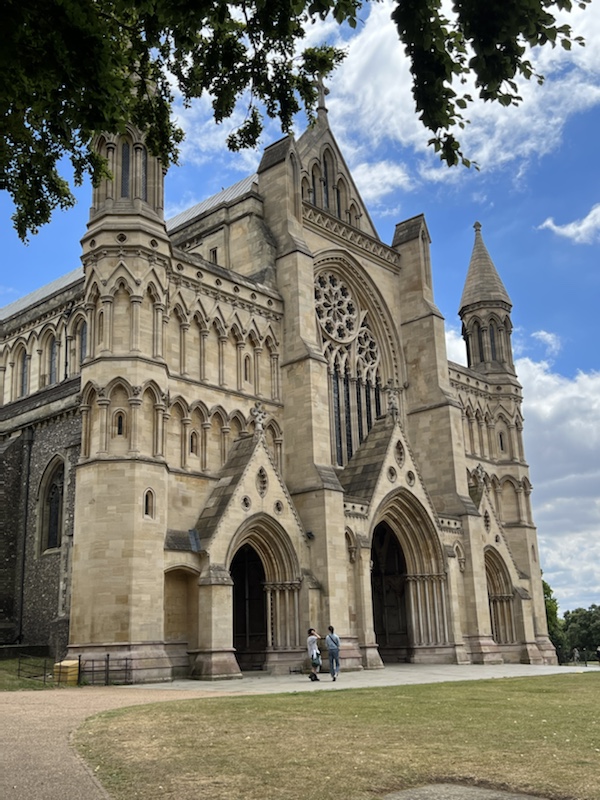
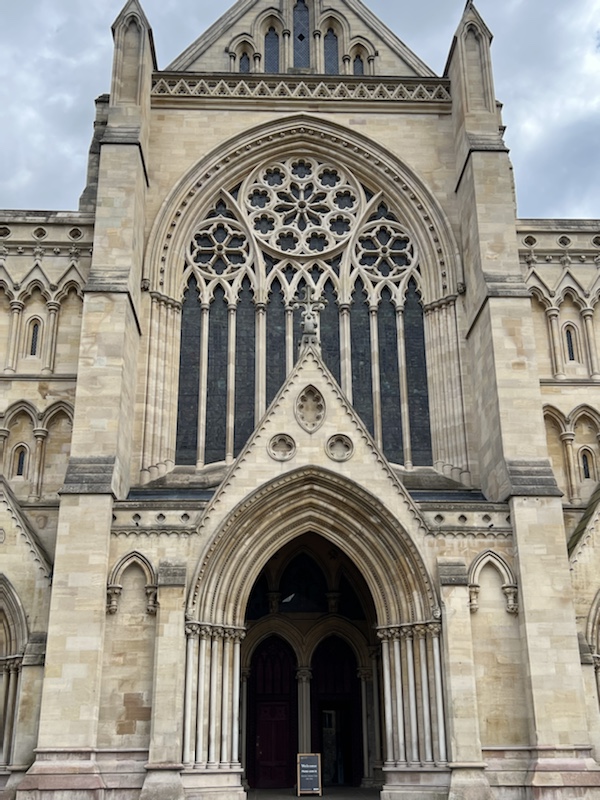 The nave is bloody enormous being about 85m long – from the information plaques, this is the longest nave in England.
The nave is bloody enormous being about 85m long – from the information plaques, this is the longest nave in England. 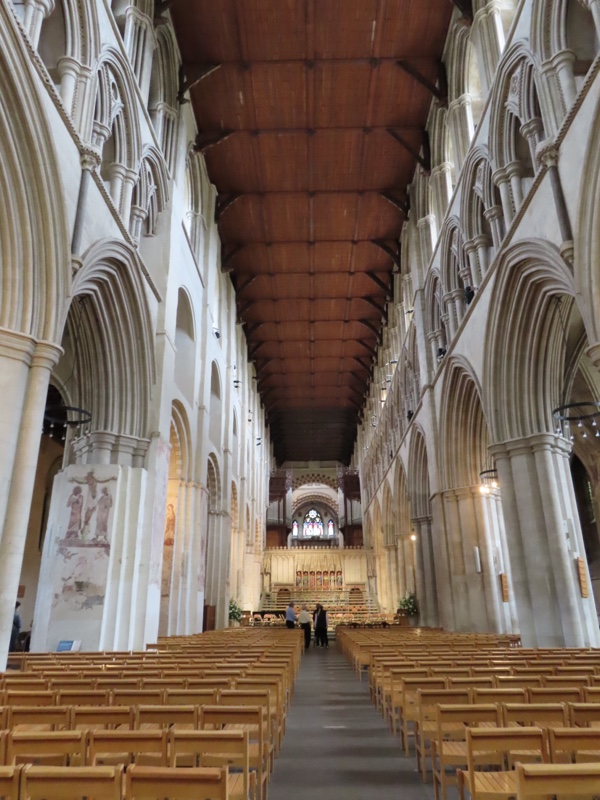
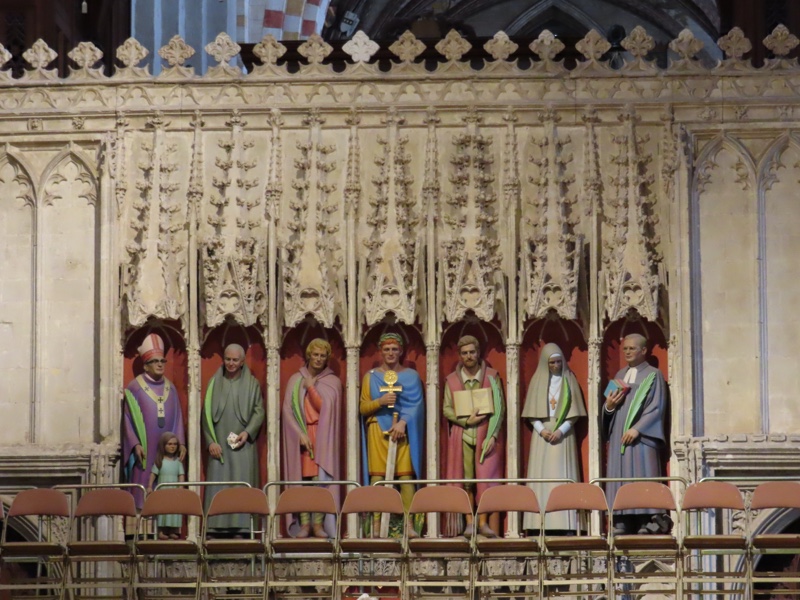
Medieval tiles…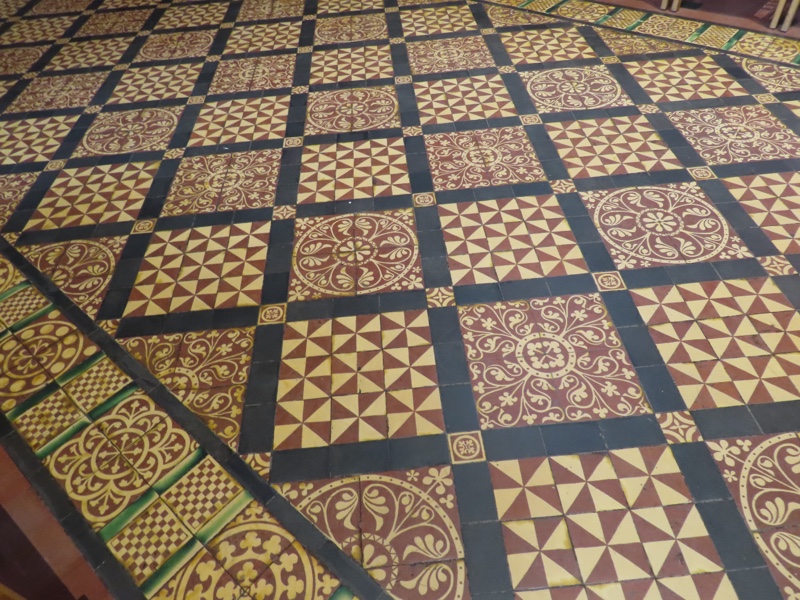
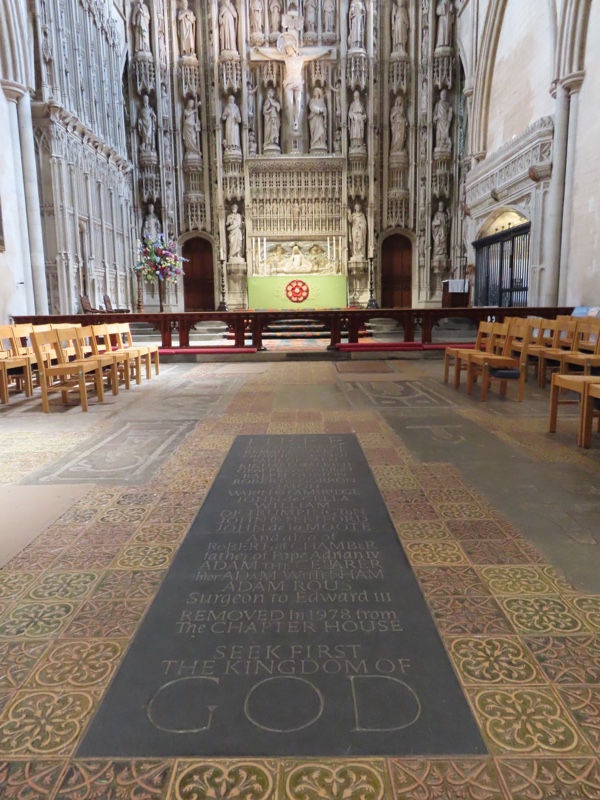 Ceilings…
Ceilings…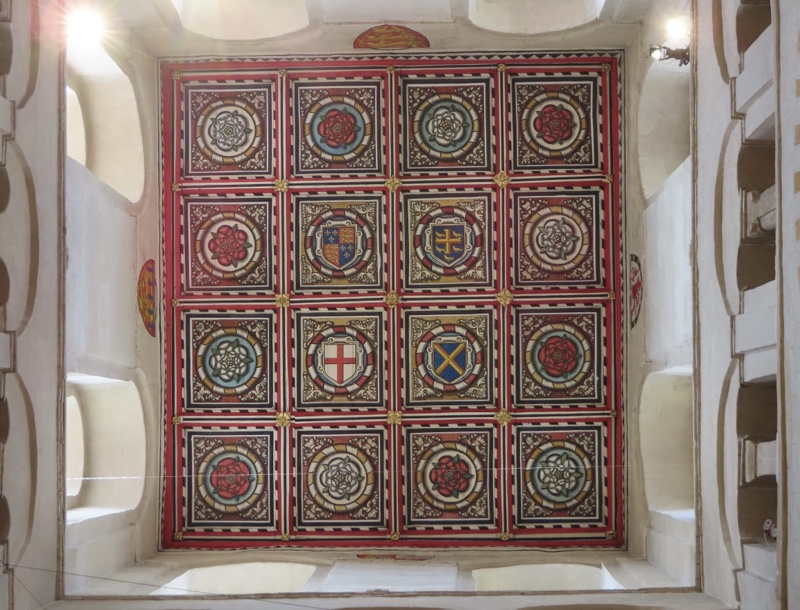
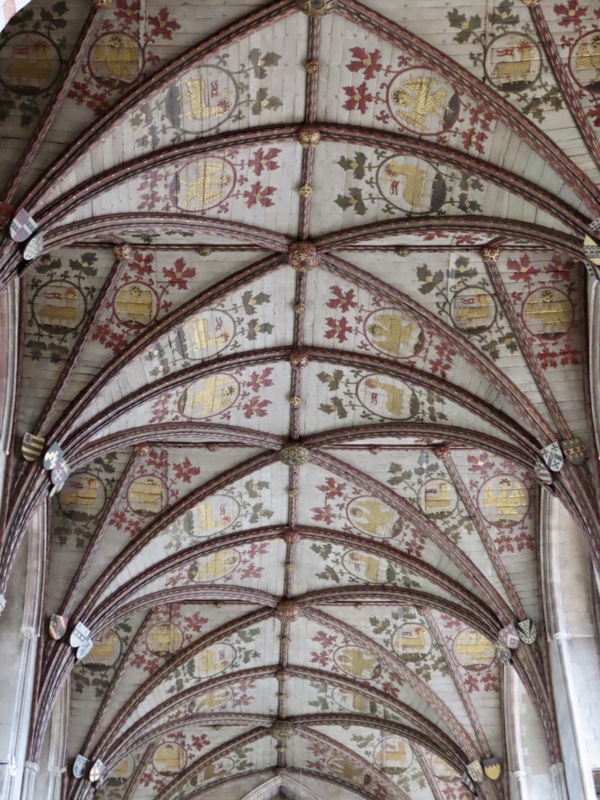
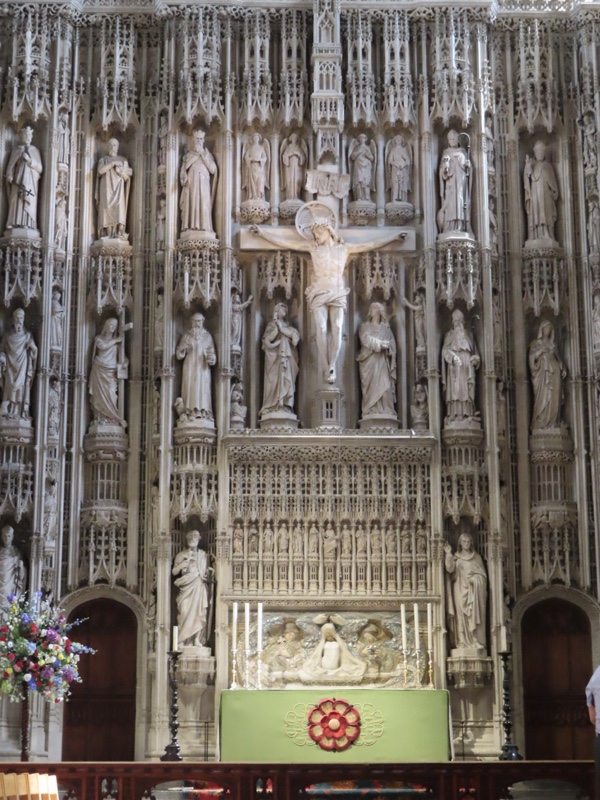 Of course a cathedral isn’t a cathedral without a rose window…
Of course a cathedral isn’t a cathedral without a rose window…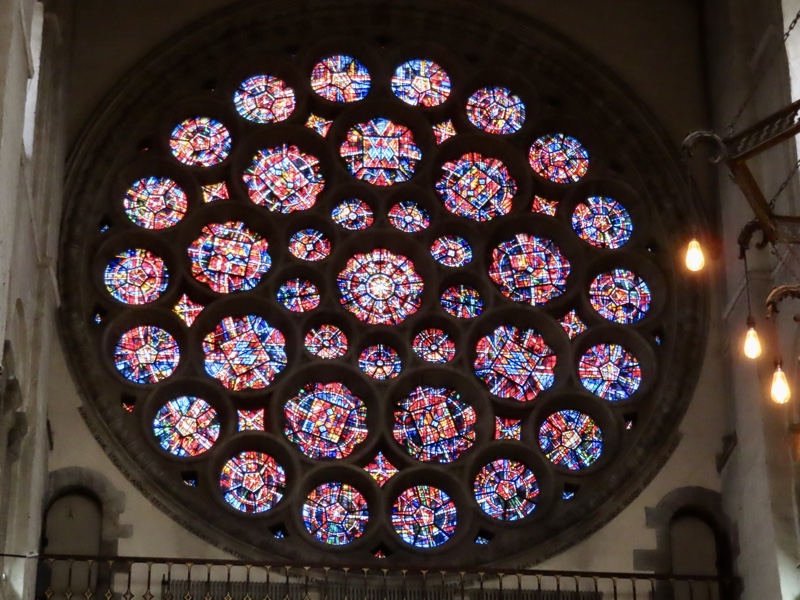
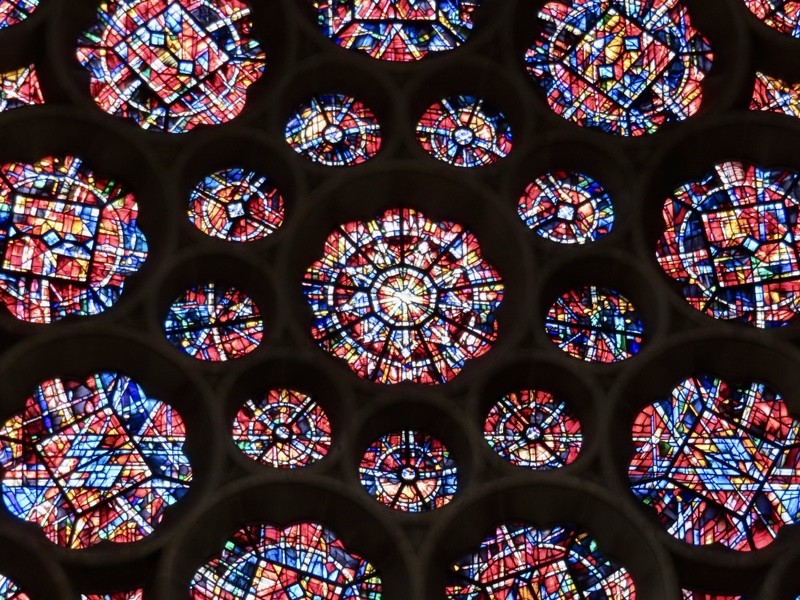 The shrine to St Alban – Britain’s oldest saint.
The shrine to St Alban – Britain’s oldest saint. 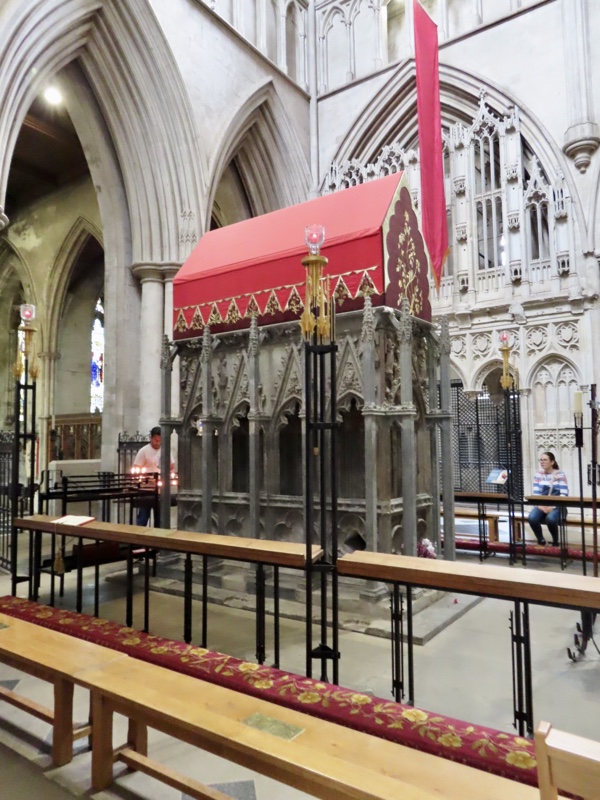 On a random column close to the Shrine of St Alaban is this random remaining piece of fresco – the figurative style has the typical elongated hands and 3/4 face that was typical of people being depicted in painting and other decorative arts in the 12thC.
On a random column close to the Shrine of St Alaban is this random remaining piece of fresco – the figurative style has the typical elongated hands and 3/4 face that was typical of people being depicted in painting and other decorative arts in the 12thC. 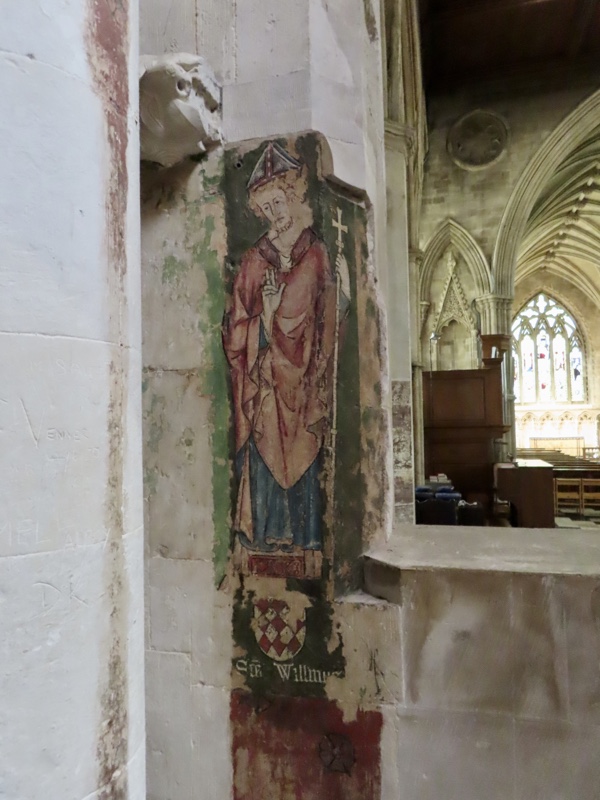
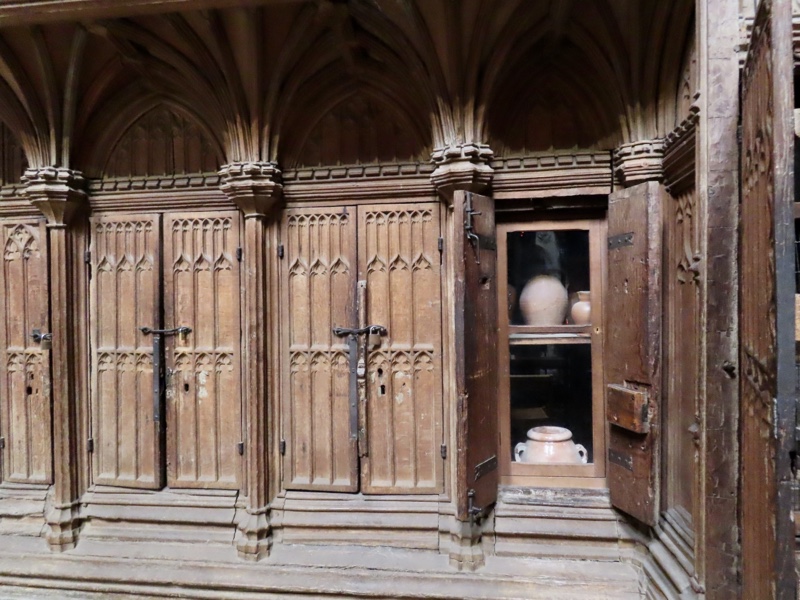 Posh people’s seating…
Posh people’s seating…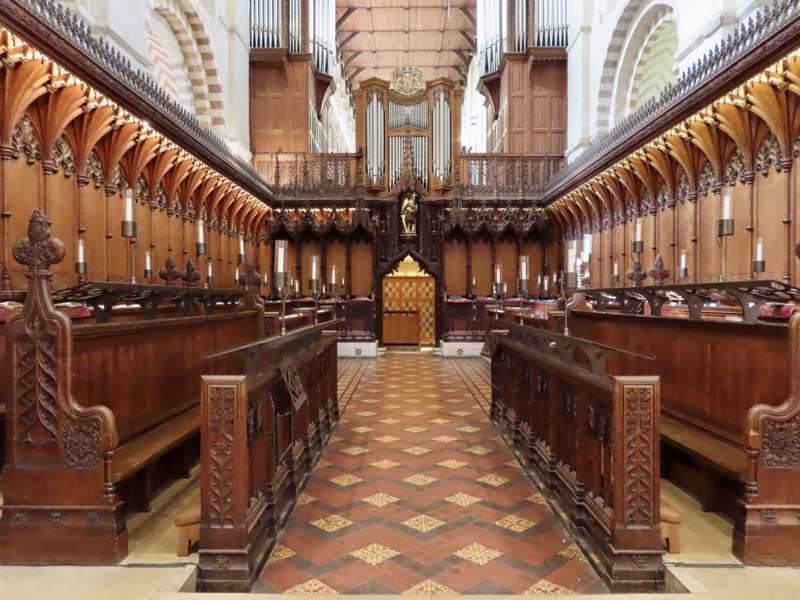
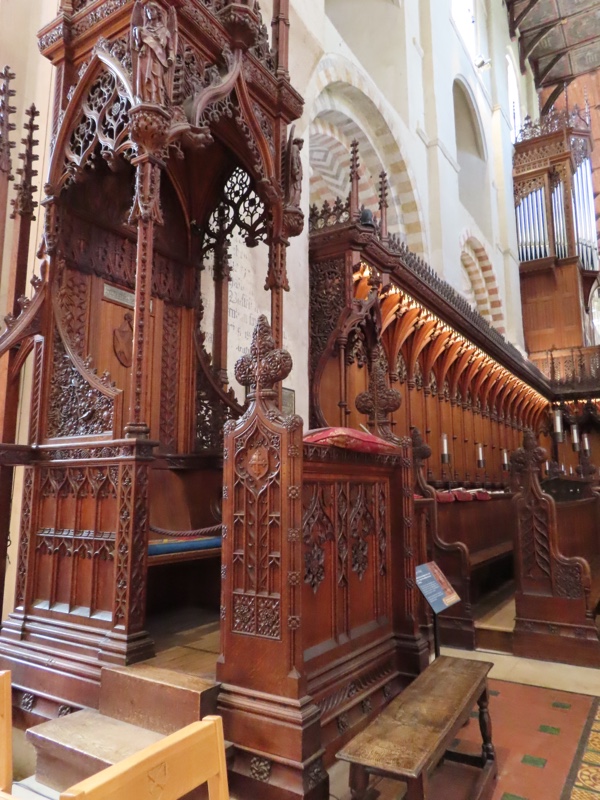
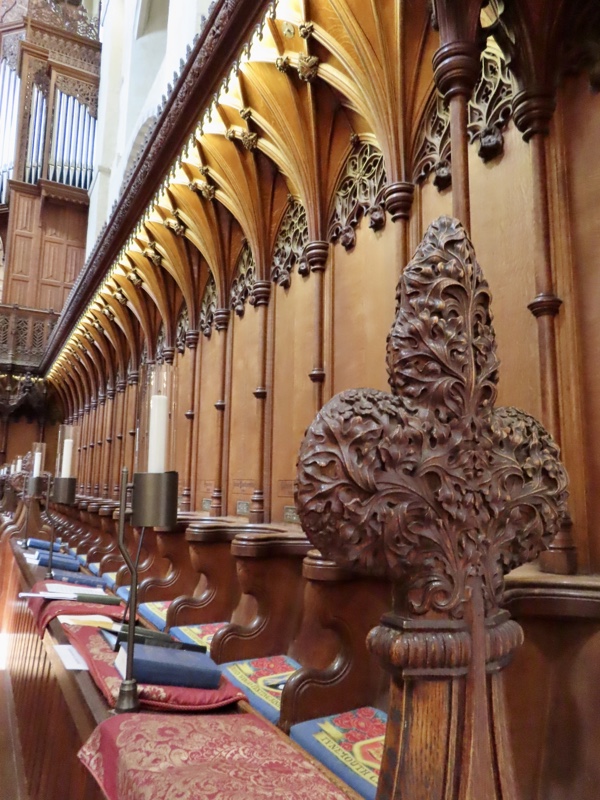
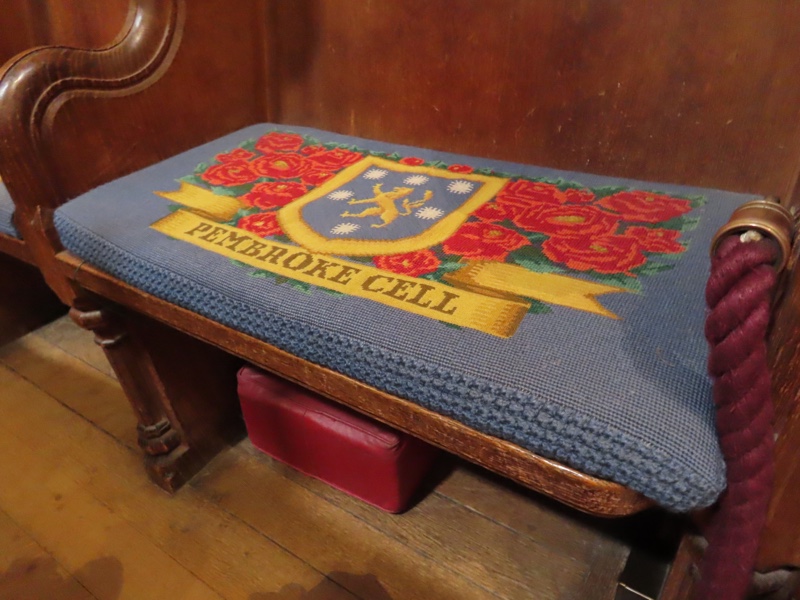
Some modern artworks honouring St Alban’s – also done in the 12th style. 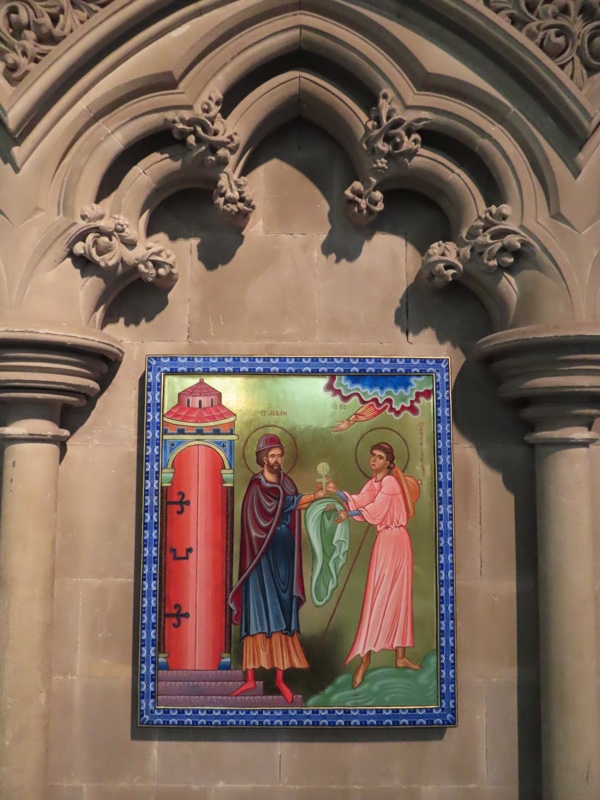
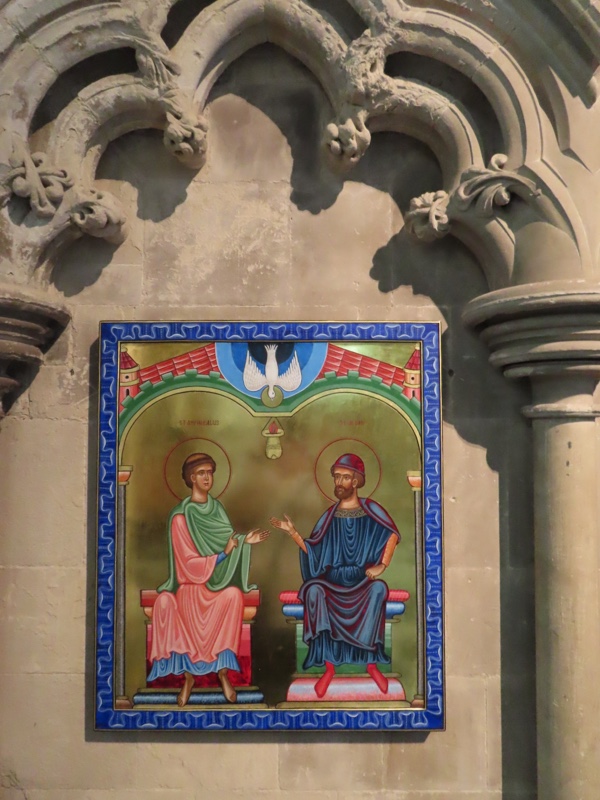
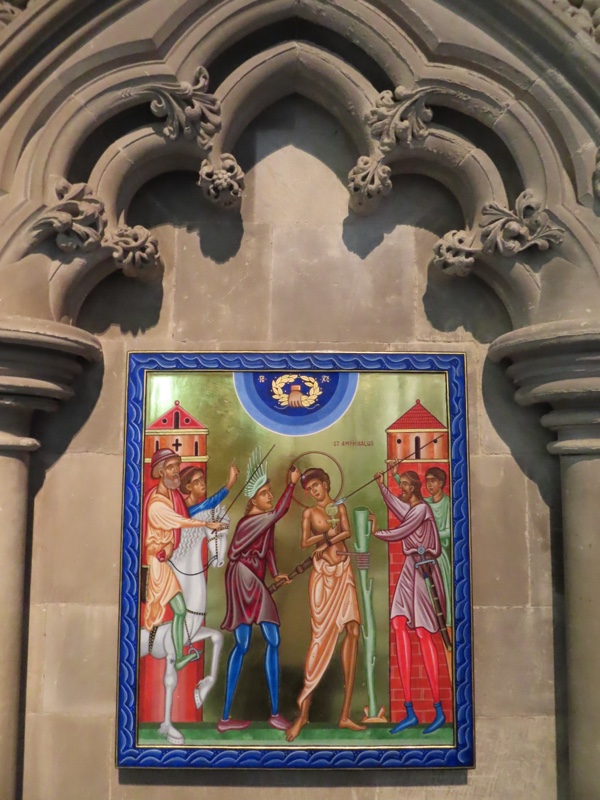
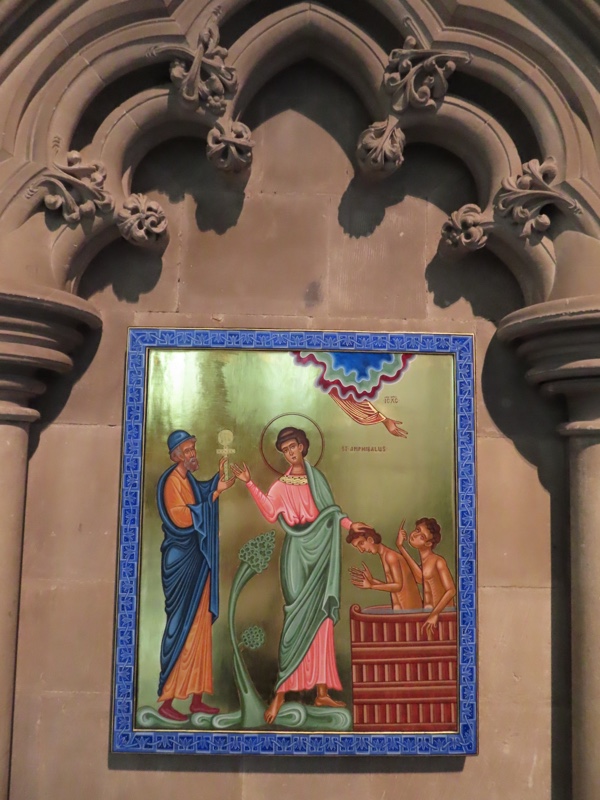
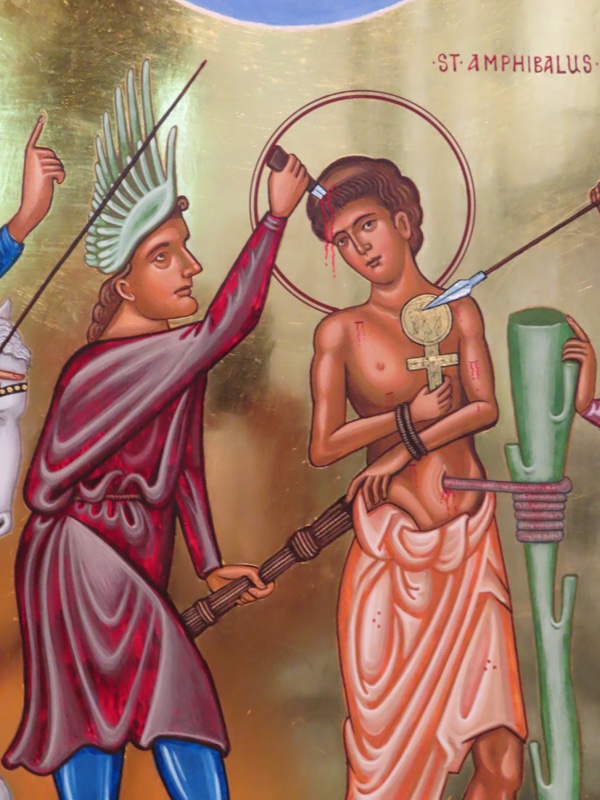 Fancy trunk with no information connected to it.
Fancy trunk with no information connected to it.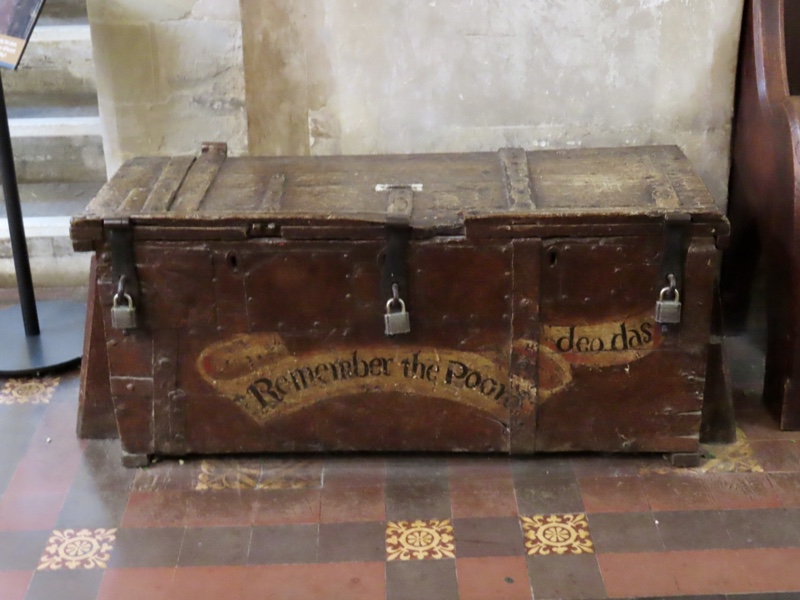
After wandering around St Albans I head back to Whitchurch to figure out dinner and have an early night. Transit day tomorrow, which should be interesting.
Cute high speed landscape pic of fields near Whitchurch as the sun goes down…
